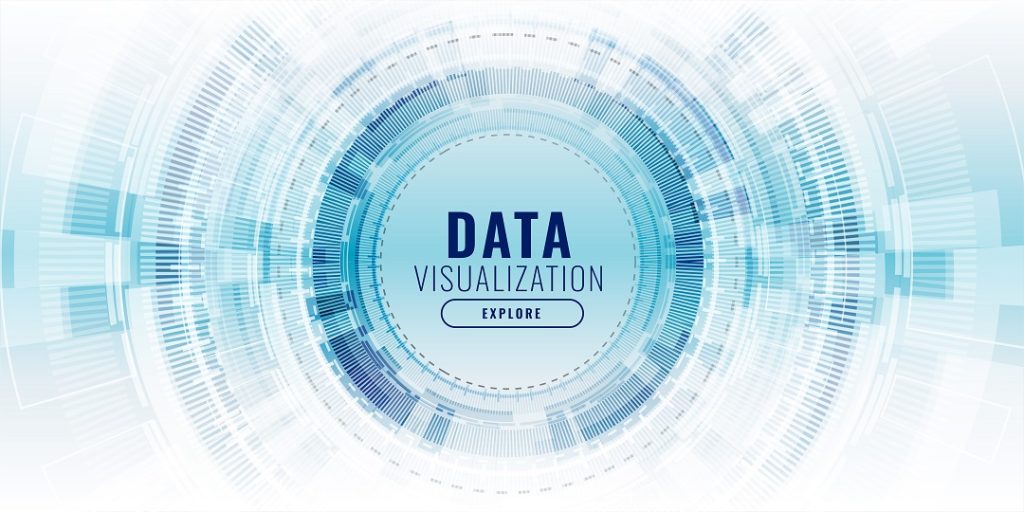Data storytelling is a technique that allows you to tell powerful and memorable stories based on data and statistics. This can be especially useful in business contexts, where you need to persuade an audience or make important decisions based on data. But how can we make data storytelling effective?
The first thing we need to do is find an interesting story to tell. This may involve exploring the data to find interesting patterns and trends, or identifying a problem or challenge that the data can help solve. Once we have a story in mind, we must carefully select the data to support it. This may include choosing graphs and charts that are easy to understand and that clearly and concisely show the information we want to convey.
Another important aspect is the presentation of the data. We must ensure that the graphs and tables are visually attractive and easy to follow, and that they are presented in a logical order that follows the story we are telling. We must also take into account the language we use to present the data: we must be clear and concise, avoiding technical terms or abbreviations that may be confusing to the audience.
Finally, it is important to practice telling the story before presenting it. This will help us make sure that the story flows naturally and that we are confident in the facts we are presenting. We also need to consider the length of the presentation and make sure it is not too long or too short.

Data storytelling success stories:
- Nike: The sportswear company used data storytelling to communicate the environmental impact of its products and promote its commitment to sustainability. They used engaging graphics and visualizations to show how their products save energy and reduce the use of natural resources compared to other similar products on the market.
- Red Bull: The energy drink brand used data storytelling to promote their sponsorship of sporting events and to show how their products improve physical performance. They used graphs and data visualizations to demonstrate how their energy drinks increase endurance and improve performance in high-impact sports.
- IBM: The technology company used data storytelling to communicate the results of their research and data analysis to their audience. They used graphs and data visualizations to show how their technology solutions help companies improve their processes and increase their productivity.
- Tesla: The electric car company used data storytelling to communicate the environmental impact of their products and promote their commitment to sustainability. They used graphs and data visualizations to show how their electric vehicles emit less polluting gases than gasoline vehicles and how they contribute to the fight against climate change.
In summary, data storytelling is a powerful technique for improving decision making in the business context. By identifying a problem or challenge to address, gathering the necessary data, creating a clear and concise story, and practicing storytelling, we can use data to make decisions.



